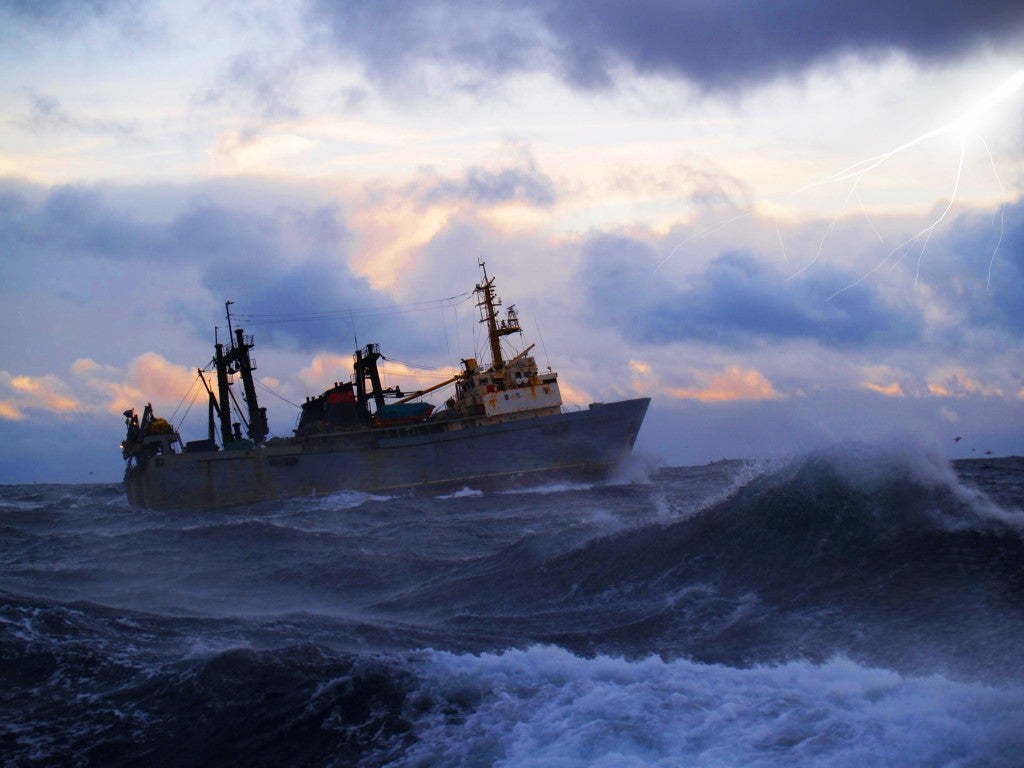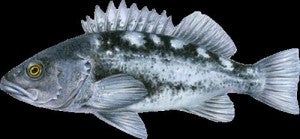
Photo credit: Hamilton Project
The fishing industry contributes about $90 billion annually to the U.S. economy, which translates to over one and a half million jobs for American workers.
Sustainably managed fisheries have a higher economic value to fishing dependent communities, than those under unsustainable management. Understanding this fact is of paramount importance to ensuring a sustainable and thriving future for both fishermen and fish in the U.S. and globally.
Our work at EDF Oceans is focused on aligning the economic and environmental incentives for fishermen to ensure a sustainable fishing future and we believe that catch shares are an essential tool to achieving this goal.
I was honored to participate in a panel hosted by the Brookings Institute and the Hamilton Project that featured a thoughtful discussion on how to improve the economic prosperity and long-term sustainability of the U.S. fishing industry. To frame the discussion, the Hamilton Project released an economic overview of the U.S. fishing industry, and panelists reviewed and discussed a new paper by economist Christopher Costello of U.C. Santa Barbara which calls for a getting fishermen the socio-economic data they need before making game-changing decisions about management of their fisheries. Read More










 A friend of mine recently asked me, ‘Why do you work on fisheries?’
A friend of mine recently asked me, ‘Why do you work on fisheries?’ American fishermen are 23 times more likely than the average American worker to die on the job.
American fishermen are 23 times more likely than the average American worker to die on the job.